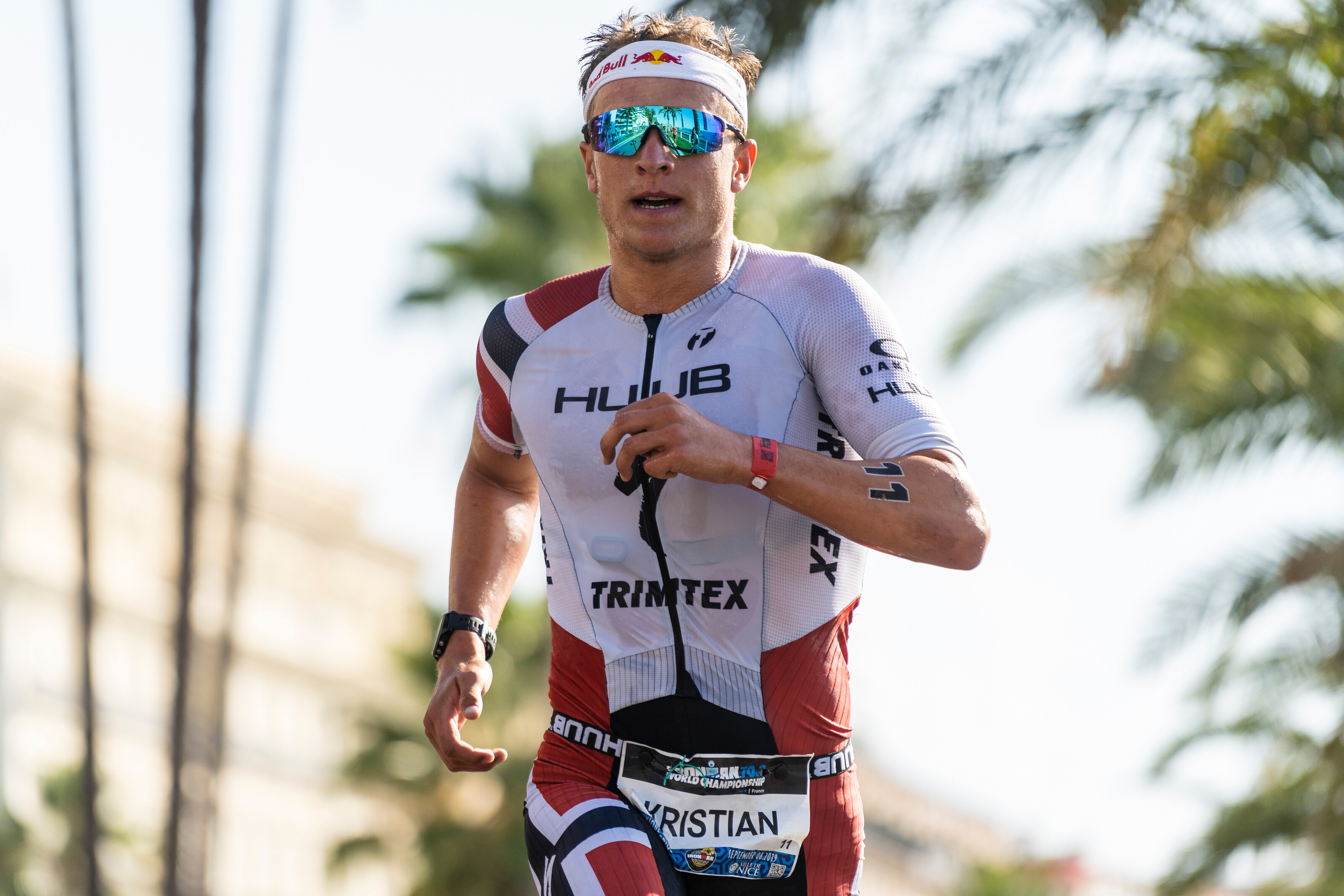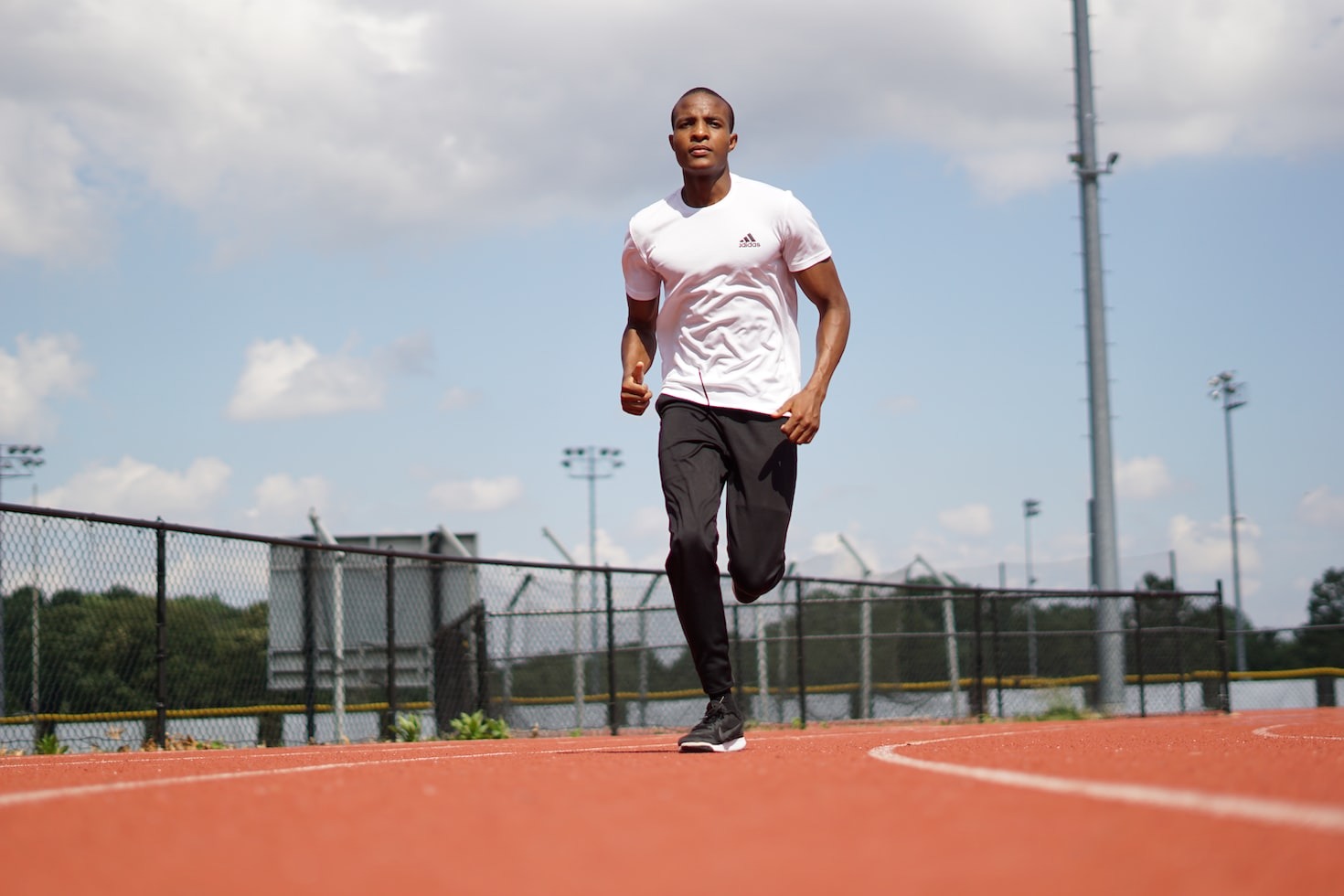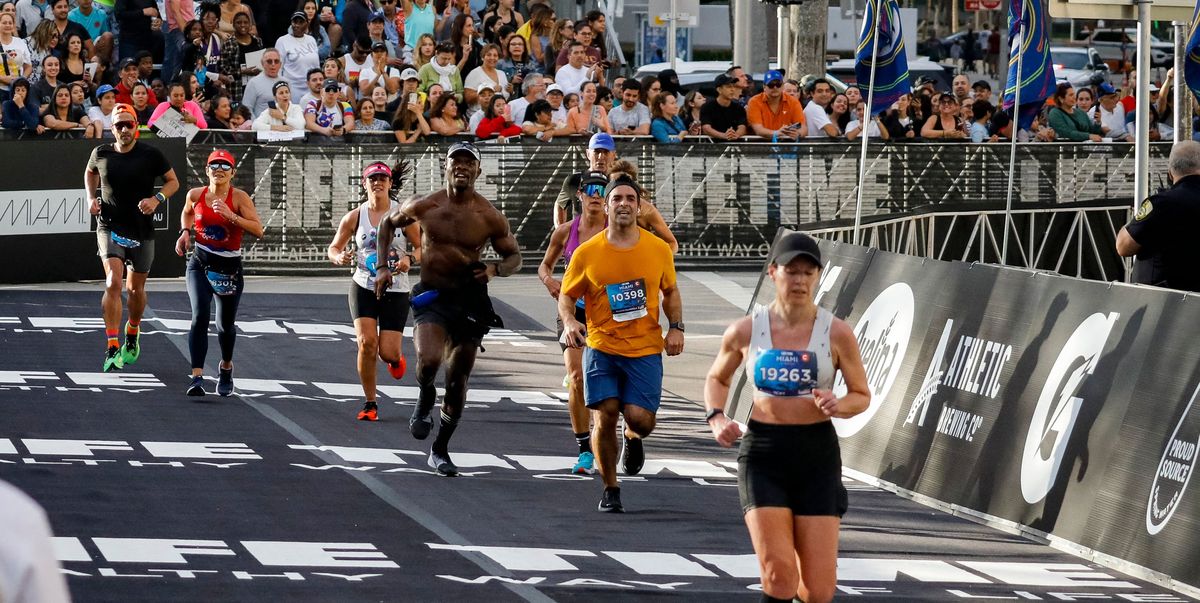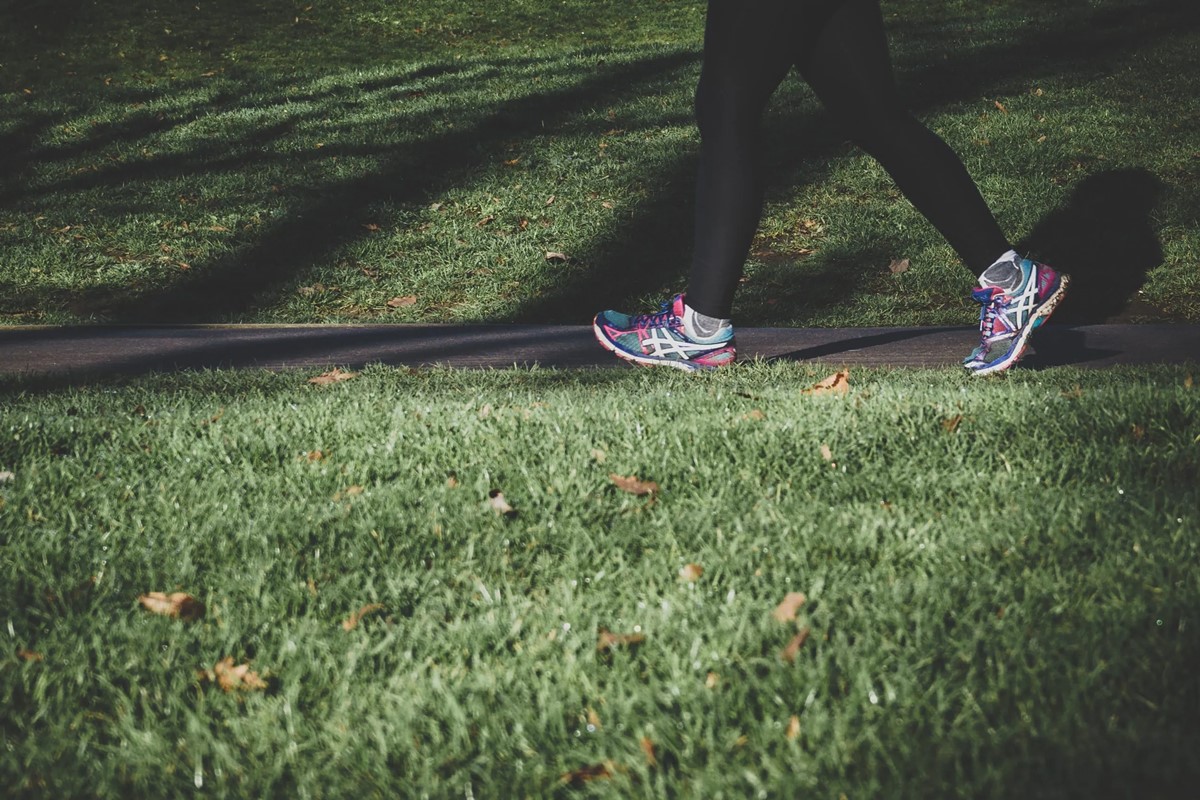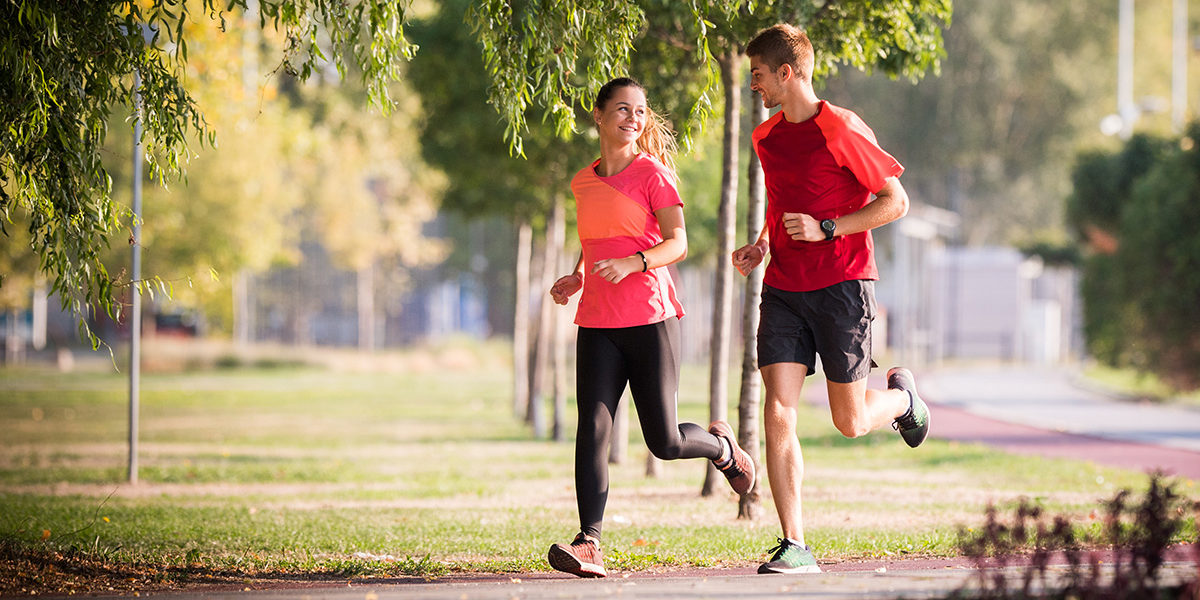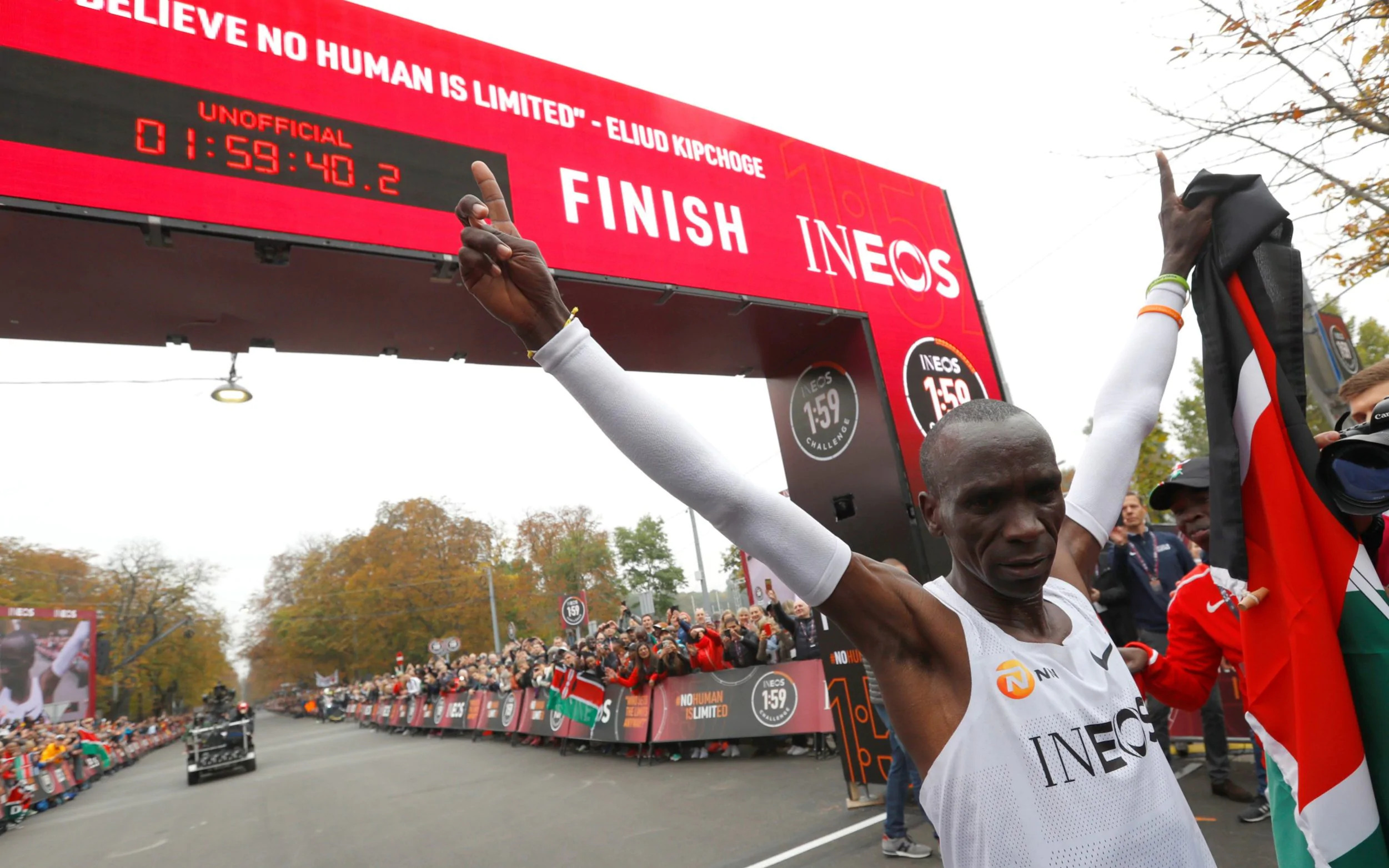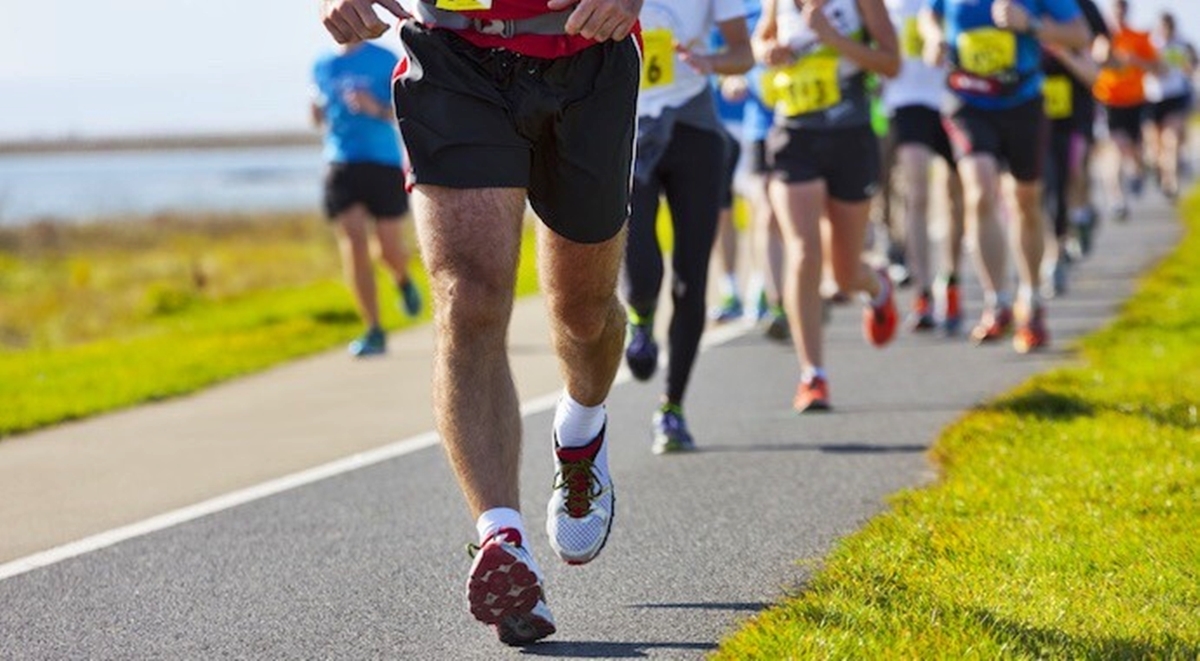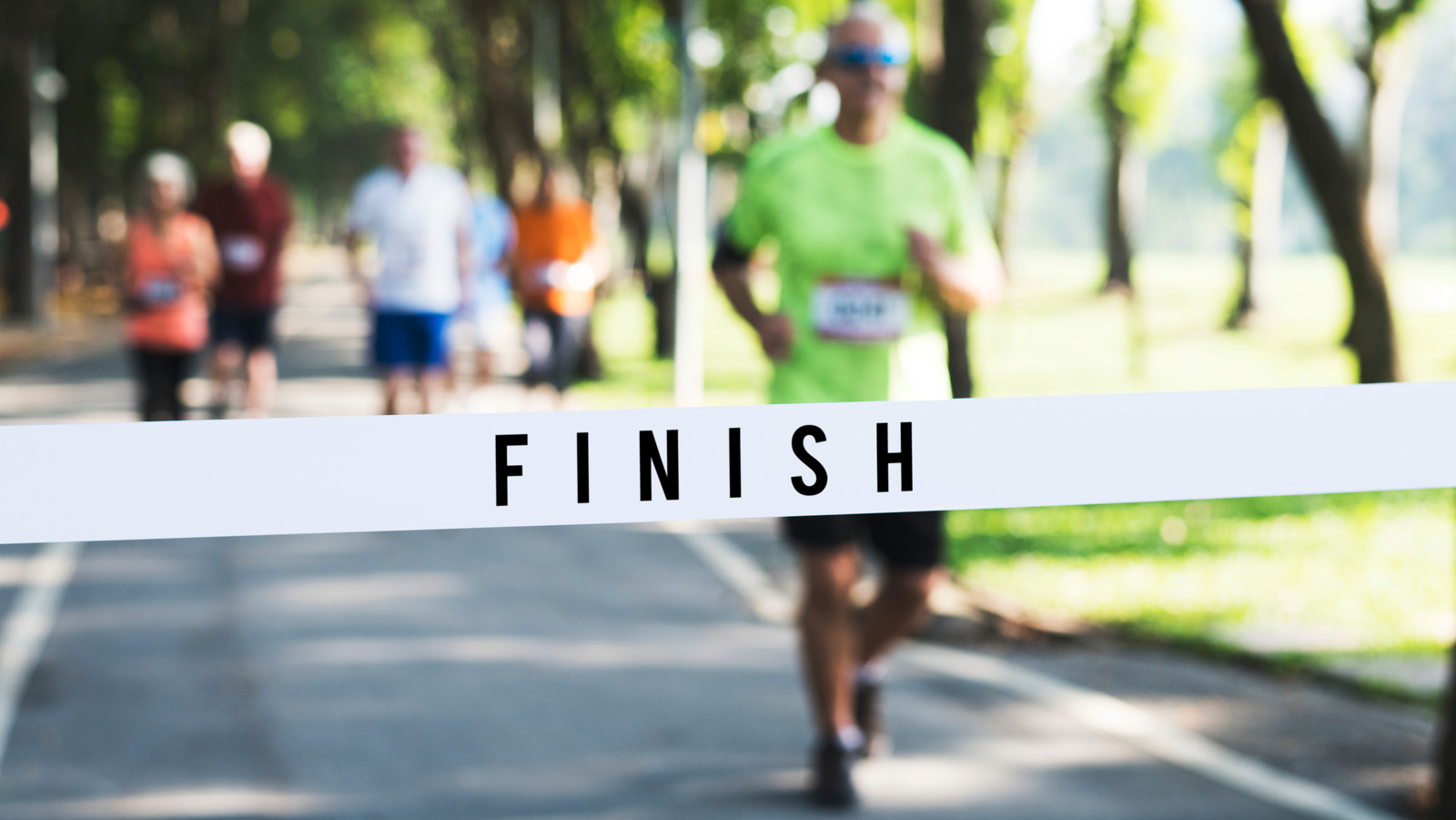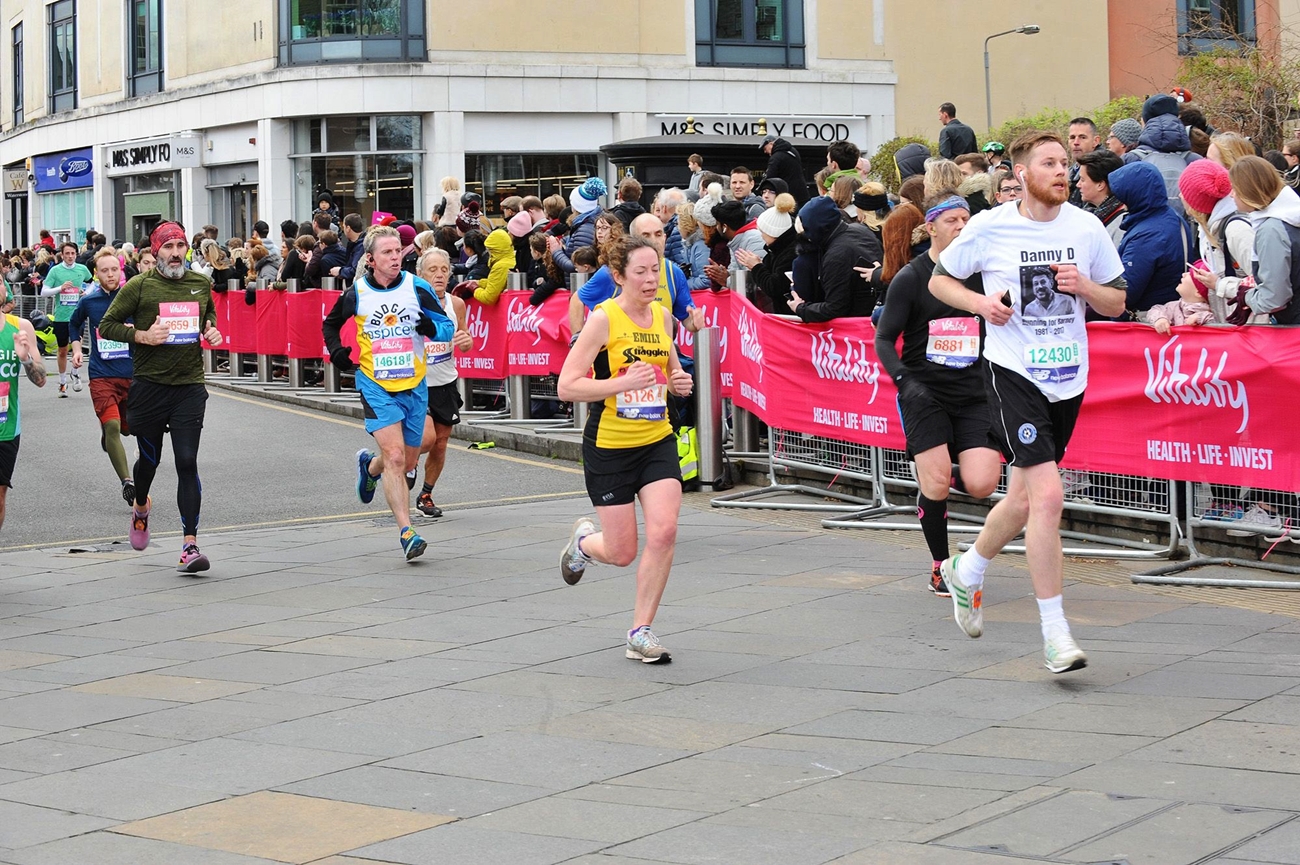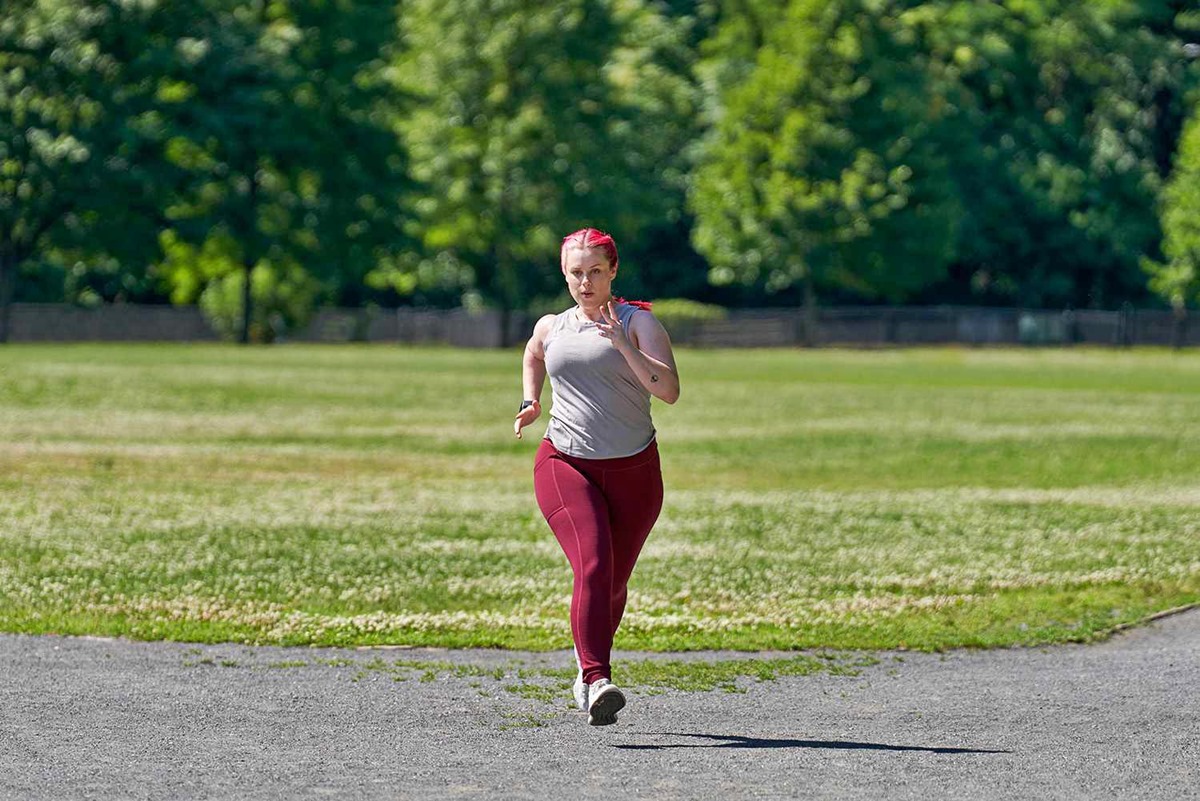

Featured
What Pace Is 7 Miles An Hour
Modified: October 18, 2023
Experience the featured pace of 7 miles an hour as you explore the world around you, immersing yourself in the beauty and serenity of your surroundings.
Introduction
When it comes to physical activities, understanding your pace is crucial. Whether you are a runner, a cyclist, or simply someone who enjoys brisk walks, knowing your speed in miles per hour can help you track progress, set goals, and make informed decisions about your fitness routine. Pace refers to the speed at which you are moving, measured in distance covered per unit of time. For example, if you walk or run a mile in 15 minutes, your pace is 4 miles per hour.
Understanding your pace can be useful in various activities. Whether you are training for a marathon, tracking your progress on a cycling route, or looking to improve your walking speed, having a clear idea of your pace can help you set realistic goals and measure your achievements. Additionally, understanding how various factors can influence your pace can help you make adjustments to your training or routine.
In this article, we will dive into the concept of pace and explore how to calculate your speed in miles per hour. We will also discuss the importance of pace in different activities and identify the key factors that can affect your pace. Lastly, we will provide some practical tips to help you increase your pace and enhance your performance.
Understanding Pace
Pace is a fundamental concept in the realm of physical activities. It refers to the speed at which you are moving or covering a specific distance over a certain period of time. Pace is typically measured in units of distance per unit of time, such as miles per hour or kilometers per hour.
Knowing your pace is essential for several reasons. First and foremost, it allows you to track your speed and monitor your progress. Whether you are training for a race, trying to improve your endurance, or simply aiming to stay fit, understanding your pace enables you to set realistic goals and evaluate your performance.
Pace is not just limited to running or jogging; it can be applied to a wide range of activities. From cycling and swimming to hiking and even walking, your pace plays a significant role in determining your overall performance. By understanding your pace and monitoring it consistently, you can identify areas for improvement and make necessary adjustments to enhance your results.
When it comes to measuring pace, the most common unit used is miles per hour (mph) or kilometers per hour (km/h). This unit represents the distance covered in miles or kilometers within one hour. For example, if you run a distance of 5 miles in an hour, your pace would be 5 mph.
Pace can also be expressed in minutes per mile (min/mi) or minutes per kilometer (min/km). This measurement indicates how many minutes it takes to cover each unit of distance. For instance, if you run a mile in 8 minutes, your pace would be 8 min/mi.
Understanding your pace is not only helpful for self-improvement but also for comparing your performance with others. In competitive sports events or group activities, knowing your pace allows you to gauge how you stack up against fellow participants. Additionally, by analyzing the pace of other individuals, you can gain insights and learn from their techniques and strategies.
Now that we have established the importance of pace and how it is measured, let’s explore why knowing your pace in different activities can be beneficial and what factors can affect your pace.
Calculating Speed in Miles per Hour
Calculating your speed in miles per hour (mph) is a straightforward process that requires basic arithmetic. To determine your pace in mph, you need to know both the distance you covered and the time it took to cover that distance.
Here is a simple formula to calculate speed in mph:
Speed (mph) = Distance (miles) / Time (hours)
Let’s say you run a distance of 6 miles in 1.5 hours. To calculate your pace, divide the distance by the time taken:
Speed (mph) = 6 miles / 1.5 hours = 4 mph
Your pace in this scenario would be 4 miles per hour, which means you covered 4 miles of distance in one hour on average.
Another way to calculate your pace is by converting the time taken to minutes and using the distance covered in that timeframe. For example, if you ran 3 miles in 30 minutes, you can use the following formula:
Speed (mph) = Distance (miles) x 60 / Time (minutes)
Using the values mentioned, the calculation would be:
Speed (mph) = 3 miles x 60 / 30 minutes = 6 mph
In this case, your pace would be 6 miles per hour, indicating that you covered 6 miles in one hour.
It’s important to note that calculating speed in mph provides a standardized unit for comparing your pace across different activities. Whether you’re running, cycling, or engaging in any other physical activity, using mph allows you to easily evaluate your performance and progress over time.
Now that you understand how to calculate your speed in miles per hour, let’s delve into the significance of pace in various activities and how it can impact your overall performance.
Importance of Pace in Different Activities
Pace plays a significant role in determining your performance and overall experience in various physical activities. Whether you are running, cycling, or engaging in other forms of exercise, understanding and maintaining an appropriate pace can greatly impact your results. Here is a closer look at the importance of pace in different activities:
Running:
In running, pace is often a key factor in achieving your goals. Whether you’re training for a race or striving to improve your endurance, maintaining a consistent and appropriate pace is crucial. Running at a steady pace allows you to efficiently manage your energy levels, avoid burnout, and sustain your speed over longer distances. Additionally, understanding your pace helps you set realistic time goals and measure your progress as you work towards improving your performance.
Cycling:
In cycling, pace plays a vital role in optimizing your efficiency and ensuring a smooth ride. Finding a comfortable and sustainable pace helps you maintain a steady cadence and avoid unnecessary fatigue. Monitoring your cycling pace allows you to gauge your effort level, adjust gears appropriately, and make necessary adjustments to your training or route. Additionally, understanding your pace can be especially beneficial in competitive cycling, as it helps you strategize and pace yourself during races.
Walking:
Even in walking, pace matters. Whether you are going for a leisurely stroll or aiming for a brisk walk, maintaining an appropriate pace can add an extra dimension of effectiveness to your activity. For those looking to improve cardiovascular fitness or burn calories, walking at a faster pace can significantly increase the intensity and benefits of the exercise. Additionally, monitoring your pace can help you track your progress, set goals, and challenge yourself to improve over time.
Other Activities:
Pace is not limited to running, cycling, or walking, but is applicable to various other physical activities. From swimming and rowing to hiking and skiing, maintaining an optimal pace allows you to maximize your performance and achieve better results. Understanding the ideal pace for each activity helps you allocate your energy efficiently, prevent injuries, and enjoy the activity to its fullest.
Overall, pace is an essential aspect of different physical activities. By understanding the importance of maintaining an appropriate pace, you can optimize your performance, set realistic goals, and track your progress effectively. Now, let’s explore some of the factors that can influence your pace in these activities.
Factors Affecting Pace
Several factors can influence your pace in different activities. It’s important to consider these variables as they can have a significant impact on your performance and overall experience. Here are some key factors that can affect your pace:
1. Fitness Level:
Your current fitness level plays a crucial role in determining your pace. As your fitness improves, you will likely be able to maintain a faster pace for longer durations. Regular training, proper nutrition, and adequate rest can all contribute to improving your fitness level and subsequently enhancing your pace.
2. Terrain:
The type of terrain you are traversing can have a major impact on your pace. Whether you’re running on uneven trails, cycling uphill, or walking on a flat surface, different terrains require varying levels of effort. Uphill sections can slow down your pace, while downhill or flat terrain can allow you to pick up speed. It’s important to adjust your pace accordingly based on the terrain you are navigating.
3. Weather Conditions:
Weather conditions, such as heat, humidity, wind, and temperature, can affect your pace. Extreme heat or cold can make physical activities more challenging and affect your performance. Additionally, headwinds can slow down your pace, while tailwinds can provide a boost. It’s essential to take into account the weather conditions and make necessary adjustments to your pace and effort levels.
4. Technique and Form:
Your technique and form can significantly impact your pace. Efficient and proper technique allows for smoother movements and optimal energy transfer. Whether it’s your running stride, cycling posture, or walking form, focusing on proper technique can help you maintain a better pace and prevent unnecessary fatigue.
5. Mental Factors:
Psychological factors, such as motivation, focus, and mental fatigue, can influence your pace. A strong and positive mindset can help you push through challenging moments and maintain a consistent pace. On the other hand, mental fatigue or lack of motivation may result in a slower pace. It’s important to train your mind along with your body to optimize your performance.
6. Training and Experience:
Your training level and experience in a particular activity can affect your pace. Regular training and gradually increasing your intensity and duration can help improve your pace over time. Moreover, the more experience you have in an activity, the better you will understand your body’s capabilities and how to optimize your pace accordingly.
Understanding these factors and their influence on pace can help you make informed decisions, set realistic goals, and adapt accordingly. Now, let’s explore some practical tips to help you increase your pace and improve your performance.
Tips to Increase Pace
If you’re looking to increase your pace and improve your performance in various physical activities, here are some valuable tips to help you achieve your goals:
1. Incorporate Interval Training:
Interval training involves alternating between bursts of high-intensity exercise and periods of active recovery. Implementing this type of training can help increase your speed and overall pace. For example, in running, try incorporating sprints or fast-paced intervals into your regular training routine.
2. Focus on Strength and Power:
Building strength and power in the relevant muscle groups can contribute to faster and more efficient movements. Incorporate strength training exercises that target your legs, core, and upper body to improve your overall performance and pace.
3. Work on Your Technique:
Improving your technique can help you move more efficiently and effectively, resulting in a faster pace. Seek guidance from a coach or trainer to ensure you have proper form and technique in activities such as running, cycling, or swimming.
4. Increase Your Endurance:
Enhancing your endurance is essential for maintaining a faster pace over longer distances or durations. Gradually increase the time or distance of your workouts to improve your cardiovascular fitness and build your stamina.
5. Practice Consistently:
Consistency is key when it comes to increasing your pace. Regular practice and training sessions are essential for developing speed and improving your overall performance. Make sure to allocate dedicated time to work on your pace-specific training.
6. Monitor and Adjust Your Pace:
Paying attention to your pace during workouts is crucial. Use technology such as fitness trackers or GPS watches to monitor your speed and make necessary adjustments. Aim for a challenging but sustainable pace that allows you to maintain your desired speed throughout your activity.
7. Set Realistic Goals:
Set achievable and realistic pace-related goals to track your progress and keep yourself motivated. Breaking down larger goals into smaller, more attainable milestones can help you stay focused and continuously strive for improvement.
8. Get Adequate Rest and Recovery:
Allowing your body enough time to rest and recover is essential for preventing fatigue and injuries. Incorporate rest days into your training schedule and prioritize sleep to ensure your body has sufficient time to repair and recharge.
Remember, increasing your pace takes time and dedication. Be patient with yourself and celebrate even the smallest improvements along the way. By implementing these tips and maintaining a consistent training regimen, you’ll gradually enhance your pace in various physical activities.
Conclusion
Pace is a crucial aspect of various physical activities, impacting your performance, progress, and overall experience. Whether you’re a runner, cyclist, or walker, understanding and optimizing your pace is key to achieving your goals. By calculating your speed in miles per hour (mph) and monitoring it regularly, you can track your progress and set realistic targets.
In this article, we explored the importance of understanding pace and its applications in different activities. We discussed how to calculate speed in mph, emphasizing the significance of pace in activities such as running, cycling, and walking. We also delved into the factors that can affect your pace, such as fitness level, terrain, weather conditions, technique, and mental factors, and highlighted practical tips to increase your pace and improve your performance.
Remember that improving your pace takes time and consistency. As you implement interval training, focus on strength and power, work on your technique, and gradually increase your endurance, you’ll notice improvements in your speed and overall pace. Set realistic goals, monitor your progress, and practice regularly to achieve long-term success.
By understanding the role of pace and incorporating these strategies into your training, you’ll be able to maximize your potential and enjoy the benefits of improved speed and performance in your favorite activities. So, lace up your shoes, hop on your bike, or take a brisk walk, and embrace the journey to enhancing your pace and reaching new milestones.
